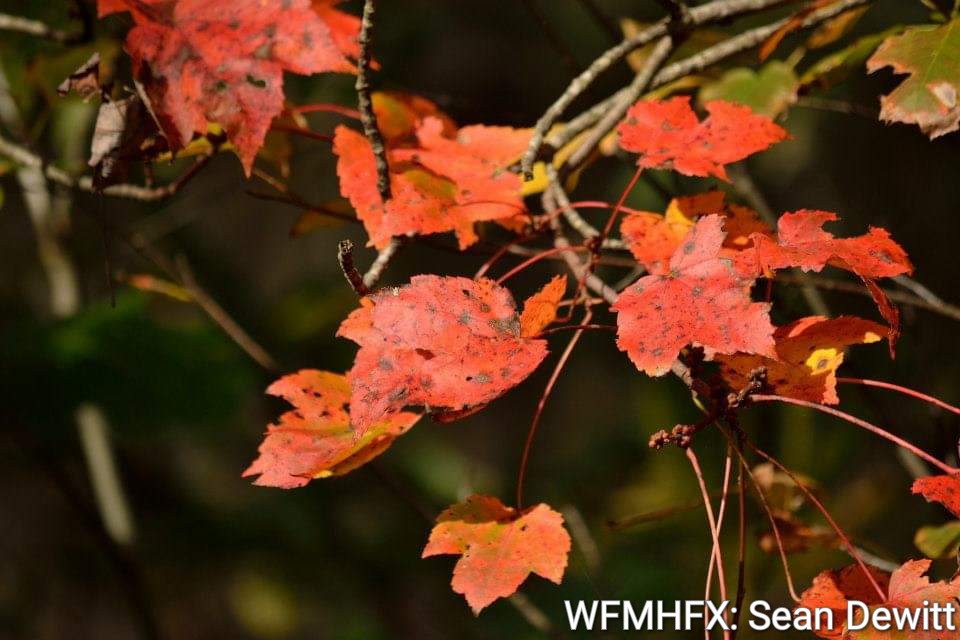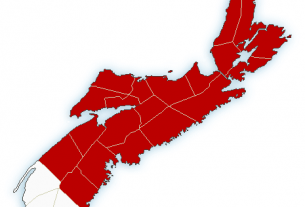**** Info via Environment Canada
Fall colours and climate change
Climate change, through changes in temperature and precipitation, has impacts on fall foliage.
As autumn rolls around, a variety of cues—including the shortening days and falling temperatures—tell trees that it is time to begin shutting down for the winter and preserving their nutrients for the next growing season. The trees stop producing the chlorophyll that makes their leaves green, and is a key part of the photosynthesis that provides them with food. Left behind in the leaves of some tree species are carotenoids, which colour the leaves orange and yellow.
Red leaves, on the other hand, are coloured by anthocyanins, produced only in the fall; some believe that they act as both sunscreen and something like antifreeze to protect the leaves.
But it isn’t just the environmental cues during the autumn that impact the timing and intensity of leaf colour; conditions during the spring and summer growing season also influence whether nature’s fireworks are at their brightest or more of a dull dud.
Severe drought during the growing season tends to cause trees to begin to turn colour early, and not last as long; it can even lead them to skip colour altogether, browning and falling before fall even really gets started. More moderate drought, on the other hand, can actually delay the onset of fall colour.
Many regions in western and central Canada are still experiencing drought conditions following low precipitation and warm temperatures from this summer, which may impact the intensity of the fall colours this season.
While the peak of the fall foliage season can vary based on location and meteorological conditions, we hope you can find some time on this Thanksgiving weekend to enjoy the colourful scenery Mother Nature has to offer in your area.




